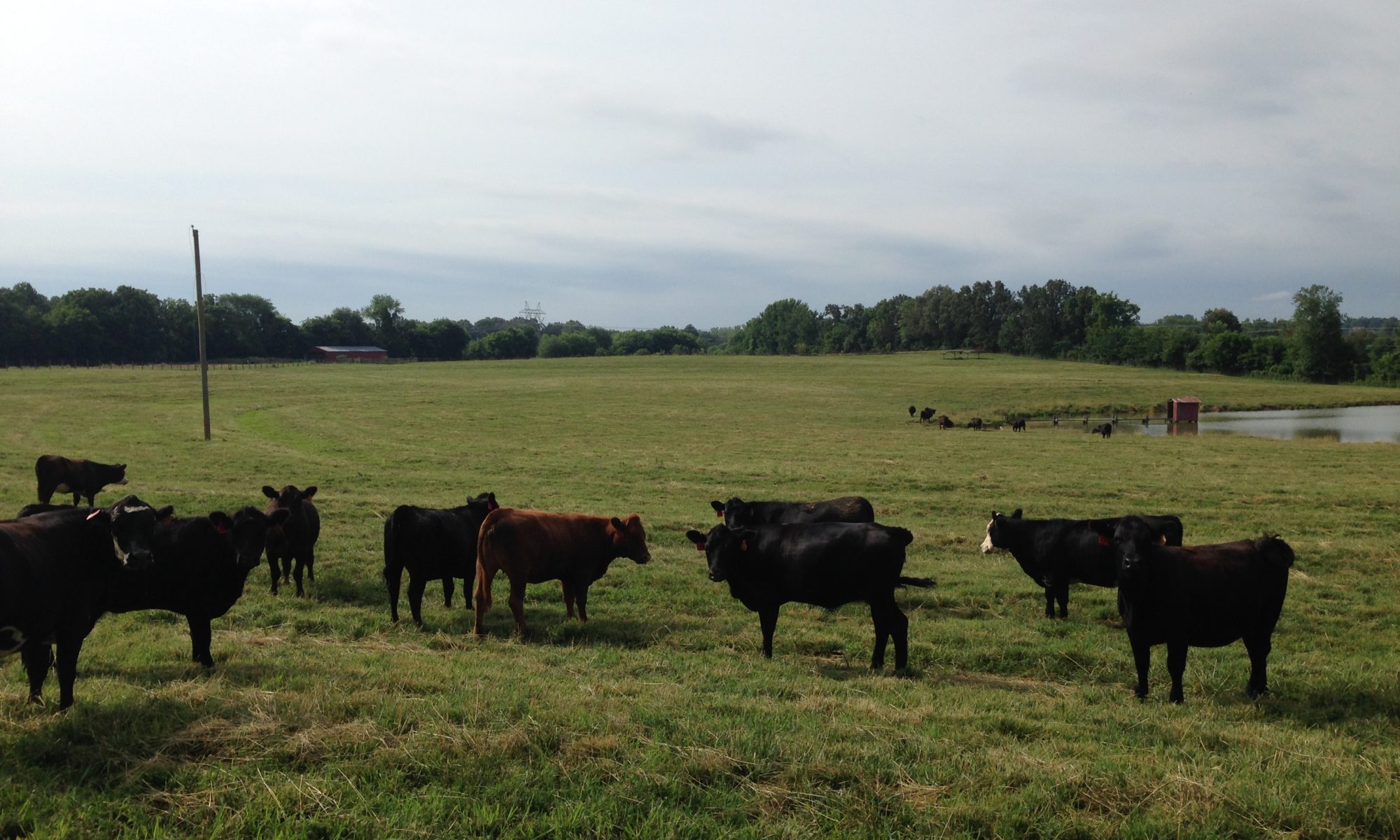

Dr. Andrew Griffith
Assistant Professor
Department of Agricultural and Resource Economics
P: 865-974-7480
The market for most goods is now an international market as countries trade resources to garner the highest value for those resources. The beef market falls in line as it is also an international market with a few major producers and many consumers. The international beef market is not a stagnant market as it is constantly moving and evolving, which is why it is beneficial to look at how the market has changed the past several years in terms of who the United States beef market is doing business with. It is also beneficial to discuss the magnitude of business being done.
The United States exports beef and beef products to many different countries. However, there are only a few countries that really drive the market. The best place to start the discussion is with Japan. Japan has been the top beef and veal export destination historically and has held the top spot on an annual basis since 2013. Japan probably would have been the top destination dating back even further, but the discovery of BSE in 2003 resulted in the Japan well going dry. It then took 10 years to rebuild the market that is known today. The annual average beef and veal exports to Japan the past five years has totaled over 831 million pounds.
South Korea has held the number two spot for United States beef and veal exports for six years. The South Korea market has grown due to a favorable trade agreement with the annual average exports to South Korea the past five years totaling more than 648 million pounds. China ranked third in beef and veal exports from the United States in 2021, but Mexico had been the consistent holder of the number three spot. The average annual exports to Mexico the past five years was more than 385 million pounds. It would be inappropriate to leave out Canada and Hong Kong who have also been major export destinations. However, exports to Hong Kong have slowed tremendously since China has started to import large quantities of beef from the United States.
Taking a brief look at the first six months of 2022, South Korea is leading the way with more than 416 million pounds imported from the United States. The United States has shipped more than 407 million pounds of beef and veal to Japan the first six months of the year while China is over 313 million pounds and Canada is close to 136 million pounds. Mexico is not too far behind Canada at nearly 132 million pounds. There is a good probability that this becomes the first year in which South Korea is the top international destination for U.S. beef and veal, but the Japanese and Chinese markets remain strong.
For beef imported into the United States, the top four sources of beef and veal the past decade has been Canada, Australia, New Zealand and Mexico. Historically speaking Canada and Australia have competed for the top two spots while Mexico and New Zealand have competed for the third and fourth spot. In 2021, Canada was the number one source for beef and veal imports with a total quantity exceeding 942 million pounds. Mexico was the number two source in 2021 totaling more than 674 million pounds. Canada has held the top spot since 2017 with Australia being the number two source from 2017 through 2020. However, Australia was the primary source from 2012 through 2016. Annual average imports the past five years have been nearly 830 million pounds from Canada, 632 million pounds from Australia, 598 million pounds from Mexico, and 510 million pounds from New Zealand.
Looking at the first half of 2022, Canada is leading the way with nearly 463 million pounds while Mexico has shipped nearly 391 million pounds to the United States. Brazil has slipped into third with more than 337 million pounds while New Zealand has shipped 243 million pounds. Australia has sent 194 million pounds, but they continue to be in herd rebuilding mode following drought.
What does this mean for the future? The primary trading partners are unlikely to change. China may garner a larger share of exports while imports from Australia will likely increase as the herd is rebuilt. A few other notes are that the U.S. market can expect beef exports to decline and imports to increase when domestic herd expansion begins to take place.
